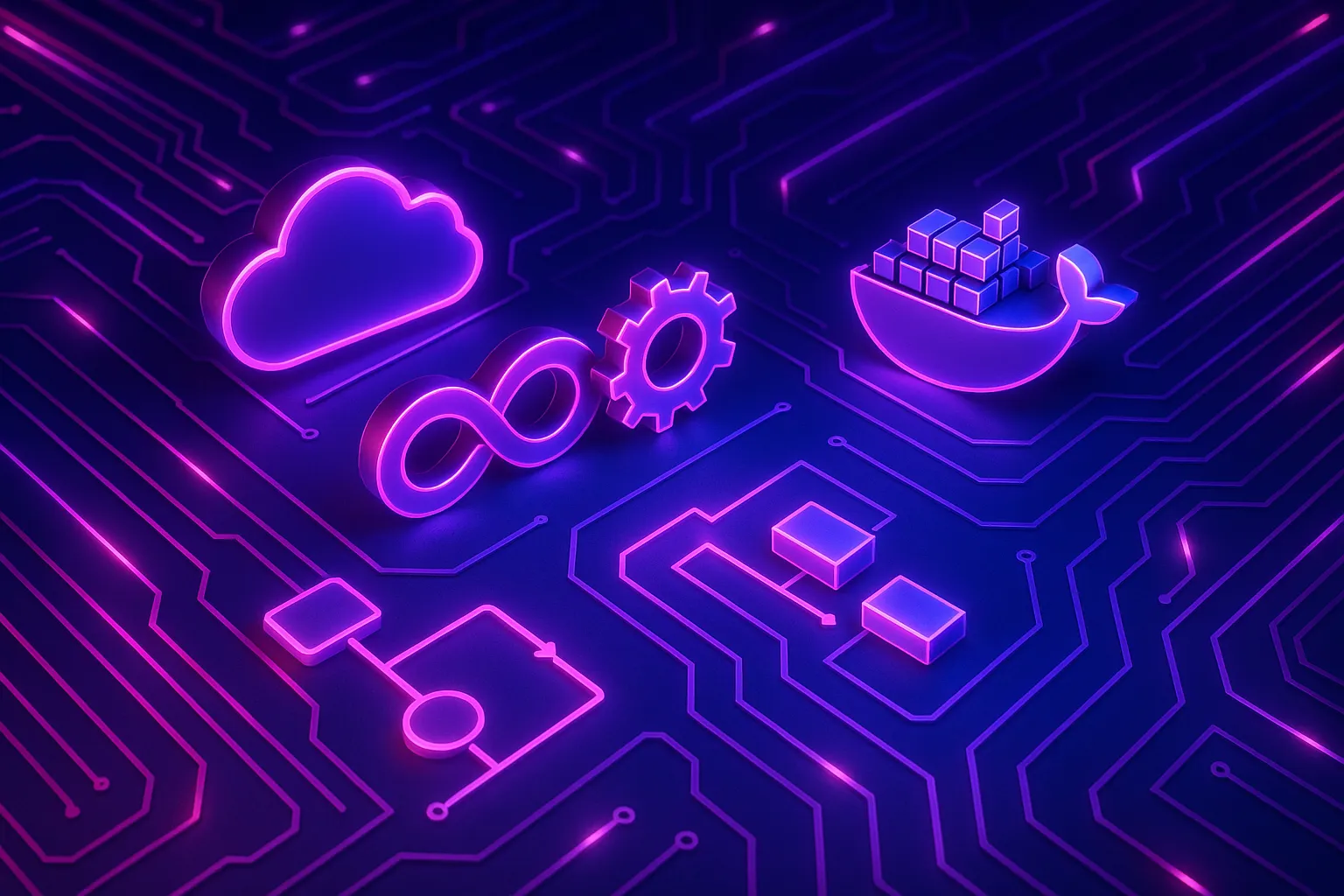
In modern software development, optimizing CI/CD pipelines is crucial. GitHub Actions stands as a vital platform for streamlining these processes efficiently. Its ability to run workflows either in parallel or sequentially presents a strategic choice for developers aiming to enhance performance.
GitHub Actions and Its Optimization in CI/CD
GitHub Actions empowers developers by automating tasks and workflows directly within the GitHub environment, reducing reliance on complex external CI/CD systems. This intuitive platform is essential for continuous integration, testing, automated code review, and release automation, as highlighted by Ukeje Chukwuemeriwo Goodness in 2023. Leveraging parallel and sequential job execution can significantly optimize performance and efficiency, bringing forth new possibilities in workflow management.
Navigating Job Execution Strategies
Choosing between parallel and sequential job execution is at the heart of CI/CD optimization. Matthew Tyson's insights in 2023 emphasize that although GitHub Actions adeptly automates diverse CI/CD tasks, the decision on execution strategy affects efficiency. Various factors, such as task complexity and interdependencies within a workflow, will dictate the most effective strategy.
The Power of Parallel Jobs
Parallel execution is advantageous for projects where time is critical. As noted by Knapsack Pro in 2021, splitting tasks into parallel jobs reduces CI build bottlenecks and optimizes server usage. This method allows multiple jobs to run simultaneously, shortening build times significantly—especially beneficial for complex projects with numerous independent tasks.
When to Opt for Sequential Execution
Sequential job execution is preferred when tasks are dependent on others. It ensures an organized and reliable progression, making it ideal for tasks like deployment where each step must successfully complete before moving forward. While parallel execution prioritizes speed, sequential strategies maximize reliability and precision. Tasks requiring prerequisite files or configurations typically necessitate this orderly approach.
Real-World Impact and Strategies
Effective execution strategy choices have tangible impacts in real-world applications. An InfoQ article from 2024 revealed how GitHub improved its code push reliability by incorporating parallel processing, enhancing both reliability and efficiency. Such examples demonstrate the profound benefits of strategic execution planning in CI/CD pipelines.
As you implement GitHub Actions in your workflows, consider your existing setups and potential efficiencies gained by reassessing execution strategies. How might shifting from sequential to parallel execution (or vice versa) impact your project's deployment times and reliability?
Reflect on these strategies in your context—experimentation and adaptation are key to unlocking the optimal potential of GitHub Actions within your pipeline.

